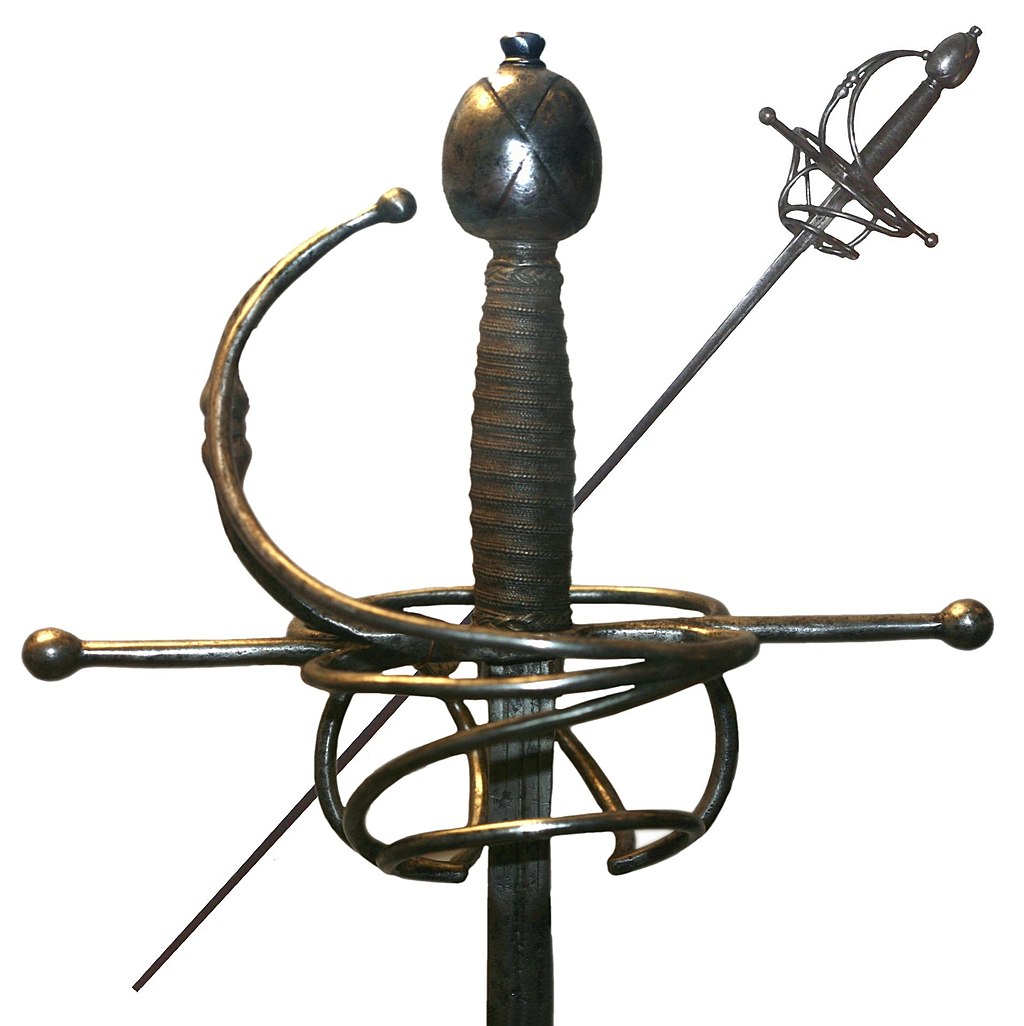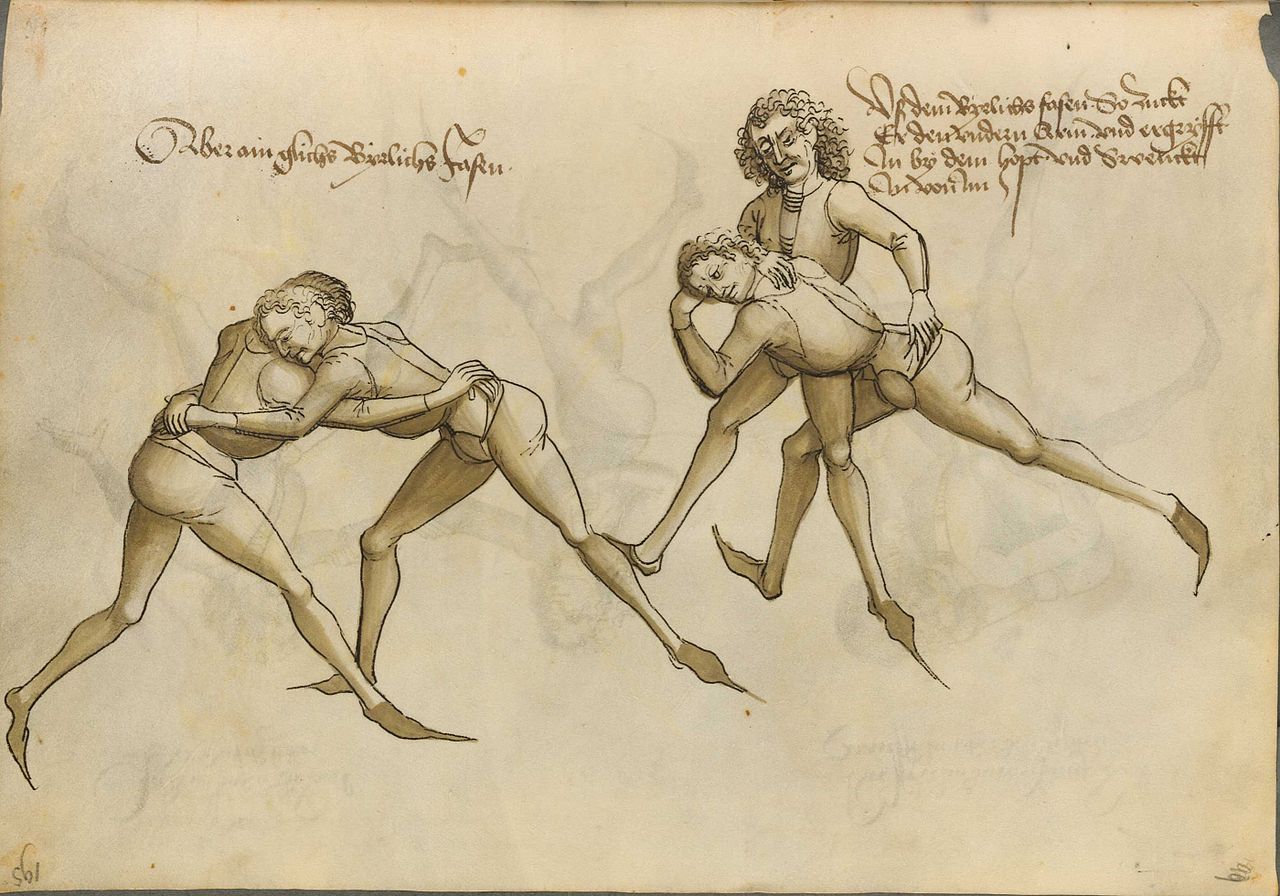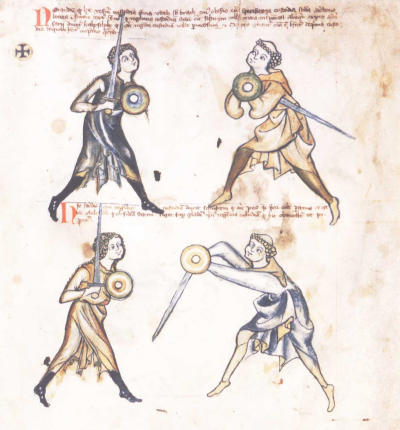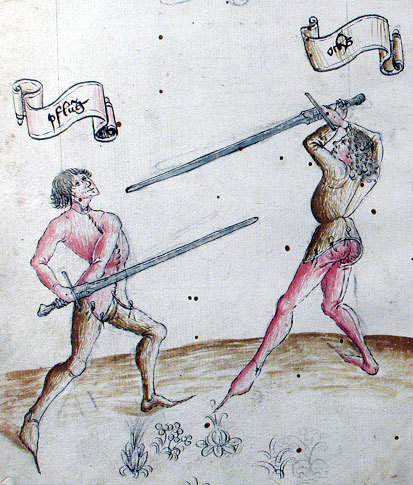 |
| 10-sided dice |
Percentile dice were really popular in the 80s and early 90s. Call of Cthulhu, Palladium Games, and many others used percentile dice for their skill systems. More recently, the Warhammer games have been revamped, including their percentile-based resolution, in Dark Heresy, Rogue Trader, and so forth.
The main advantage of percentile dice derives from their transparency. We are used to calculating odds in percentages anyway, so when a player intuitively understands them. I may not know in my head how likely I am to roll over thirteen on 3D6, but I do know what 20% or 57% means.
The disadvantages of percentile dice are more subtle: it is very difficult to design a system that uses them, in which there is an interesting variety of rolls and modifiers, AND in which player results will occupy a desirable central range of probability.
Other common types of die rolls (for example, 3D6) result in a curve. The central numbers of the range are more likely to occur than numbers near the edge. On a 3D6, not only is the average (mean) roll likely to be 10, but 10 is also the most common result (mode). The graph of a percentile roll is flat, not curved. You are just as likely to roll a 02 as a 50 or a 98 or any other number. This is part of its nature.
As a game designer, I find a dice that produce a bell curve much more useful than dice whose results are flat. From the perspective of interesting game play, I want players to be rolling results that range from fairly likely to fairly unlikely, say from around 40% to around 80%, most of the time. Basically, players are most engaged when they have a pretty good change of succeeding, without it being a certainty.
For example, in a rolep-laying combat system, the round usually goes around the table. In my typical group, I get to take an action about every 10 minutes of game play. I want it to be good one. (I want to hit the monster.) But I want the thrill of knowing I might fail. Always hitting it, or never hitting it, or nearly enough, is just boring.
A curved dice result naturally fits these criteria, with the dice themselves pulling the result towards the middle of the range, while allowing the diminished possibility of extreme success or failure. Percentile dice do not.
Now, a game designer could create a similar situation using percentile dice: just make sure the modified odds are between 40% and 80%, or whatever is the desired target range. But here we run into the second problem -- differentiation.
Players also like to have meaningful differences in their rolls and in the game statistics used to represent them. They like to have characters with strong skills, weak skills, and medium skills. In a wargame we want to have super tanks, mediocre tanks, and shitty tanks. We also (usually) want to have modifiers, for easier or harder situations.
Here again, I find a curved result more useful in design than a flat one. 3D6 - 3 or 3D6 +5 will have higher and lower average (mean) results, with the mode shifted to one side or another. Large modifiers to flat percentage rolls will quickly knock the (mean) result out of the sweet spot altogether. The target number is usually too low, or too high, or appropriate differentiation is just boringly small. ("Oh, boy, my Firearms skill went from 66% to 68%! I'm the MAN!") *
So, that's why I don't like percentile based skill or combat systems. Sorry, Call of Cthulhu, you are one of the great games of all time, but your skill system is terrible.
What, then, are percentile dice good for?
I don't like them as a core mechanic, but I do like them for being able to set rough odds, and then immediately test them. ("How likely is it for that Ogre to be at home when the players arrive at the cave. It's dusk, so... 40% chance? Roll it.") Other than that, they are not my favorite instrument.
(In case you're wondering, I don't have the same problems with a D20 as I do with a D100. A D20 is more roughly granular than a D100, having a smaller range of results, and, if you are adding whole numbers to it, modifiers seem psychologically significant while not breaking the scale easily.)













_107v.jpg)